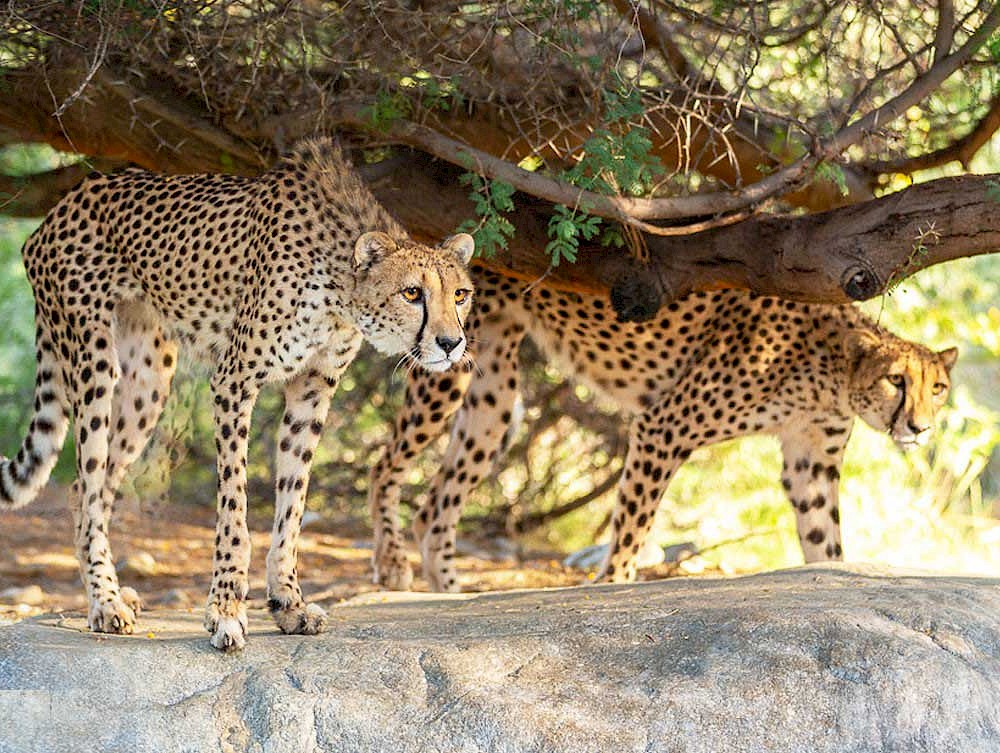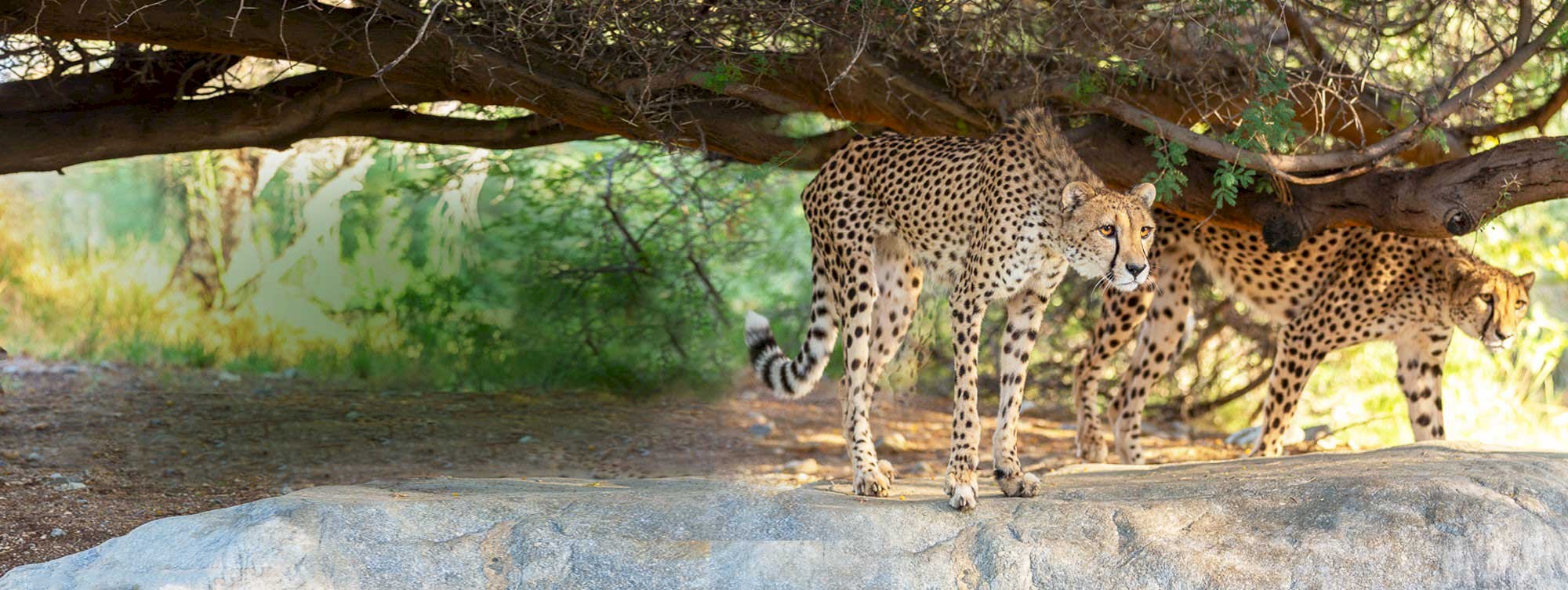More Milkweed, More Monarchs
Natalie Gonzalez, Assistant Conservation Scientist October 11, 2021“Plant a milkweed to save the monarch!” is a recommendation you’ve likely heard a lot lately. But what is milkweed and why do we need it to save monarchs?
Countless insects have intricate specialist relationships with specific species of plants. In the case of monarchs, milkweed is the ONLY plant on which they lay their eggs. Milkweed plants are the only plants that monarch caterpillars will eat. So, without milkweed, no monarchs. As monarch habitat has been extremely degraded it’s up to us – as residents of monarch territory – to replant milkweed across their range so they can continue to complete their iconic migration for generations to come. To successfully contribute to monarch habitat, it is important that we plant the right milkweed.
There are over 400 species of milkweed and 73 are native to the US! With different species native to different regions of the country, it is critical to plant milkweed that belongs in your region. Native plants have developed in a region for hundreds or thousands of years. Plants that have evolved in a specific area have different timings of life events in response to their native environment, like bloom times and dormancy timing. Non-native species may have timings that are out of sync with other local plants and animals. Because the blooms and dormancies of milkweeds help signal the monarch journey, uncoordinated bloom periods or delayed dormancies of non-native species confuse migration behaviors.
Do you notice the similarities and differences in these milkweeds that grow in distinct areas of the country? You may spot different bloom colors and different shaped leaves. In the Coachella Valley, you’ll most frequently find rush milkweed (Asclepias subulata) or narrowleaf milkweed (Asclepias fascicularis). The traditional ‘common milkweed’, in contrast, is conspicuously towering and broad-leafed. Join us at our Gardening for Monarchs workshop on October 16 to learn best practices for maintaining your pollinator garden and go home with a complimentary, pesticide-free milkweed!
One species of milkweed that is not native to the U.S and is critical to avoid planting is tropical milkweed (Asclepias curassavica). While widely available, this species has proven to be detrimental to the health of monarch populations. Tropical milkweed has extended bloom periods that introduce multiple challenges to migrating monarchs including confusing migration behaviors and facilitating disease spread.
Luckily, native milkweeds can be found with a little searching. Ask your local nursery what native milkweeds they carry or order native seeds online and become a milkweed source for family and friends! Monarch Joint Venture provides native milkweed guides online to help you find out which species is native to your region.
Thank you for doing your part to #SaveTheMonarch!
Did You Know...
- Queen butterflies also utilize milkweeds as host plants.
- Milkweed is a great source of nectar for a variety of pollinators!
- The Living Desert is hosting a Gardening for Monarchs Workshop on October 16th! Our knowledgeable staff members will share knowledge on monarch conservation and how to build the best pollinator habitat in your own yard. Tickets are limited.









